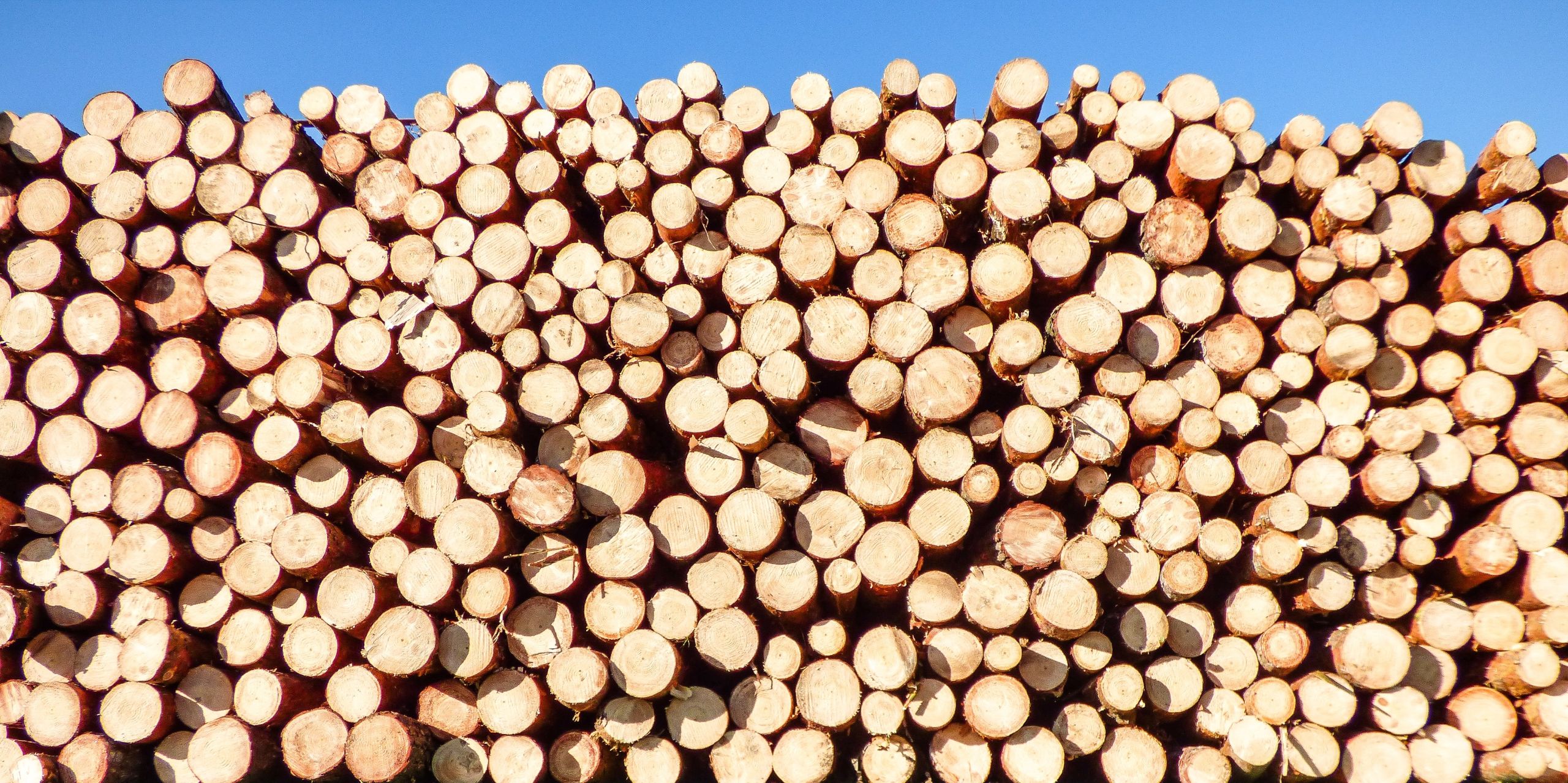Back to Building Basics: Mass Timber Construction
Mass timber construction is a sustainable building technique that uses mass timber products such as cross-laminated timber (CLT) to build large...
Floor, wall and ceiling mounted to meet your unique project design.
3 min read
Joe Hullebusch : Jan 10, 2020 12:00:00 AM
Photo: PixabayMany of the construction techniques in use today have been around for hundreds of years. Others are a bit more recent—and while we love the time-tested approaches that brought the industry to where it is today, it’s exciting to see how new construction techniques and construction innovations are reshaping our approach.
From modular construction techniques to insulation panels, you can be sure that the innovations impact each aspect of building construction techniques.
Just to be clear, there are plenty of great new building techniques for construction coming out these days. But in this article, we’re covering the most innovative construction techniques that developers are eager to try out:
One of the most anticipated changes in new construction techniques is the integration of augmented reality (AR) into the process. By combining Building Information Modeling (BIM) with modern AR wearables, developers can see fully-rendered visualizations of what a construction project will look like.
Aside from the obvious benefits to pre-construction planning for individual developments, this technology will support new construction strategies across all aspects of urban planning: zoning for housing developments, utility management, traffic routing, and more.
AR can also assist in determining the kinds of construction materials used on site and whether the building requires insulating concrete, for example.
There are plenty of raised flooring options to choose from these days, depending on your facility’s needs, available space, HVAC structure, and cable routing demands.
Raised access flooring systems open up the possibilities for service distribution across your building and allow you to tap into more modern approaches to facility construction, such as underfloor air distribution - this type of system offers better airflow and lower energy use compared to conventional HVAC systems.
These types of modifications are important for future-proofing a facility by way of keeping reconfiguration costs low over the building’s life cycle.
Given that concrete is the most widely used material in the world, it’s a little surprising that it took us this long to get to this point. But finally, self-healing concrete has advanced to the point where it’ll soon be a viable alternative to traditional materials.
By leveraging bacteria that lives within the concrete building itself, these materials automatically repair any cracks or fissures that may appear over time, offering a great long-term solution for concrete degradation.
It’s not just the building materials that are evolving in masonry - the techniques are, too. Consider thin joint masonry, a relatively new construction technology that offers clear benefits to construction time. The method uses quick-set adhesives that are a fraction of the thickness of traditional mortar beds and reach full bonding strength in a matter of hours.
Thin joint masonry might reduce the amount of concrete blocks needed, among other factors.
Compared to masonry based on wall panels, the thin joint approach allows builders to put up walls faster on construction sites while retaining thermal performance.
Read more about building design techniques:
7 high rise building design considerations
10 steps to designing a building development plan
What is the process of constructing a new commercial building?
It’s no secret that one of the biggest areas of new construction techniques in buildings is incorporating alternative energy in various forms. Kinetic footfall energy harvesting involves placing ground sensors in high traffic areas that generate and store thermal mass energy taken from pedestrian steps.
In terms of long-term planning, this is an innovative way to integrate more sustainable energy solutions that live off the traditional grid. These kinetic solutions are also being tested on roadways as we speak - however just like solar roadways these innovations have so far earned mixed reviews. It may be a while before the technology truly goes mainstream.
Yep, you read that right - 3D printing technology is streamlining construction on the job site. Companies are now leveraging 3D printing to fabricate materials on-site in a near perfect replica of factory settings. This decreases reliance on extensive supply chains and reduces project costs overall.
But now, we’re seeing more extensive use cases where architectural designs are uploaded directly to 3D printing software. This lets builders automate the construction process as much as possible and opens the doors to a faster, smarter system of development, which takes less time and effort from all parties involved. Not bad for a new building system.
Your company certainly doesn’t need to rush out and deploy these new approaches all at once - no company could - but they offer an interesting insight into where the industry is heading.
New construction methods and innovative techniques are always changing and challenging us to rethink how we manage projects. And while some of these advancements aren’t quite ready to hit the market at scale, we’ll be eager to see how each new development affects the industry.

Mass timber construction is a sustainable building technique that uses mass timber products such as cross-laminated timber (CLT) to build large...

The HVAC Korea Conference, held from May 10th to 12th in Seoul, is a highly anticipated annual event in the heating, ventilation, and air...
Architects, designers, and developers are facing a considerable amount of public, economic, and regulatory pressure to construct environmentally...